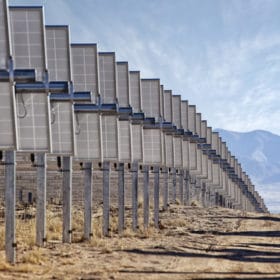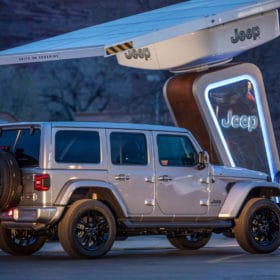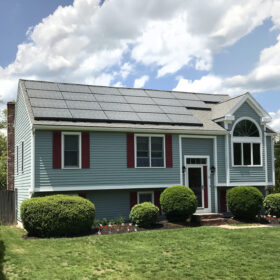Does the Southeast need wholesale power markets in order to hit its renewable goals?
A new report from ACORE, the American Clean Power Association, and SEIA explores the benefits of instituting real-time, wholesale energy markets across the 12 Southeast states as a way to accelerate renewable resource adoption.
Solar manufacturing tax credit is introduced in the Senate
The Solar Energy Manufacturing for America Act would establish a tax credit for domestic solar manufacturers in an effort to boost the U.S. solar supply chain, create American clean energy jobs, compete with Chinese manufacturers, and support energy independence.
How do factors related to solar modules impact site-wide tracker costs?
With the market for solar modules ever-evolving, Array Technologies and PVEL released a study looking at the different module characteristics that affect site-wide tracker costs.
How the Southeast can achieve 100% clean energy
The Southern Alliance for Clean Energy identified two pathways that the Southeast’s big utilities could follow to achieve 100% renewable generation against the backdrop of a possible federal mandate.
Tax equity stress isn’t going away, yet renewable projects still need investment
Renewable project finance has to become more dynamic and greater risks will have to be taken in order to meet clean economy mandates, a panel of experts said during an ACORE event.
ACORE insight: The federal agenda for energy and climate
As part of ACORE’s Finance Forums, experts on federal energy policy outlined what policies are needed to help drive the Biden Administration’s clean energy and climate change policies.
NanoGraf develops battery chemistry material with significant energy density increases
The company’s silicon-oxide anode material can increase battery capacity in the 18650 form factor by an initial 12% at a potentially commercially competitive price.
EV adoption is growing, but more action is needed to reach net-zero by 2050
BNEF’s latest Electric Vehicle Outlook outlines the level of sales and investment needed in EVs, charging infrastructure, and batteries in order to achieve a net-zero future.
Proposed bill that could gut California rooftop solar draws fire
The bill would significantly cut net metering rates paid to rooftop solar customers, and also revise long-term rates and other protections that were promised to existing rooftop solar customers.
Polysilicon and wafer price pressures make their way to markets
Solar module producer Longi announced its second price increase in less than a month, and industry sources expect wafer prices to continue rising in June.














